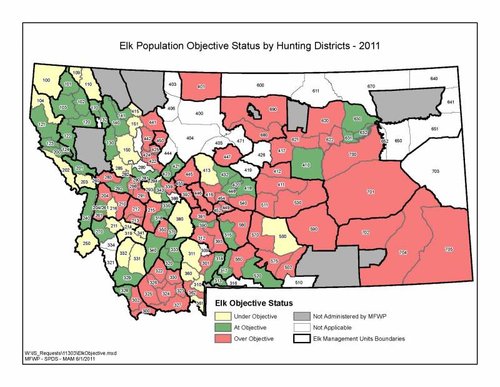RobG
Well-known member
Edge of the seat excitement this will be... 
The final guidelines for the shoulder seasons are on the agenda for tomorrow's (Thursday, Oct 8) meeting. The shoulder season discussion is scheduled to 1:15pm. I don't know if you can listen in online, but I know they video into the various FWP offices around the state.
http://fwp.mt.gov/doingBusiness/insideFwp/commission/meetings/agenda.html?meetingId=37161832
Laura has an interesting write up on her blog: http://www.montanaotg.com/blog-native/2015/10/7/hunters-landowners-await-fwp-elk-decisions
The final guidelines for the shoulder seasons are on the agenda for tomorrow's (Thursday, Oct 8) meeting. The shoulder season discussion is scheduled to 1:15pm. I don't know if you can listen in online, but I know they video into the various FWP offices around the state.
http://fwp.mt.gov/doingBusiness/insideFwp/commission/meetings/agenda.html?meetingId=37161832
Laura has an interesting write up on her blog: http://www.montanaotg.com/blog-native/2015/10/7/hunters-landowners-await-fwp-elk-decisions




